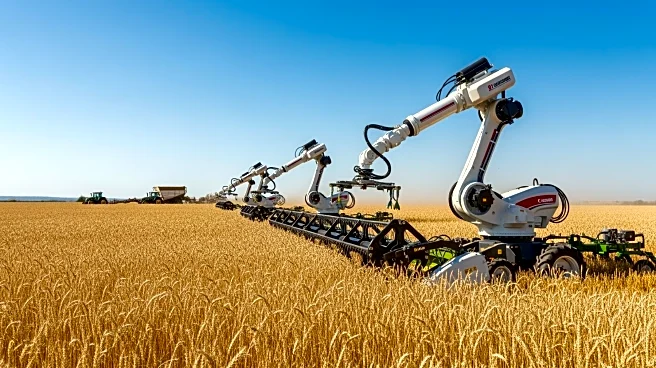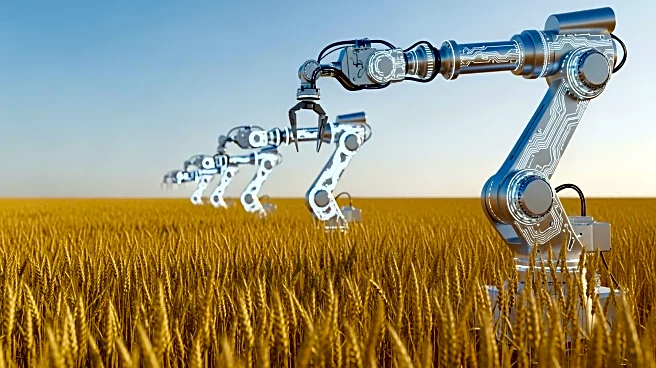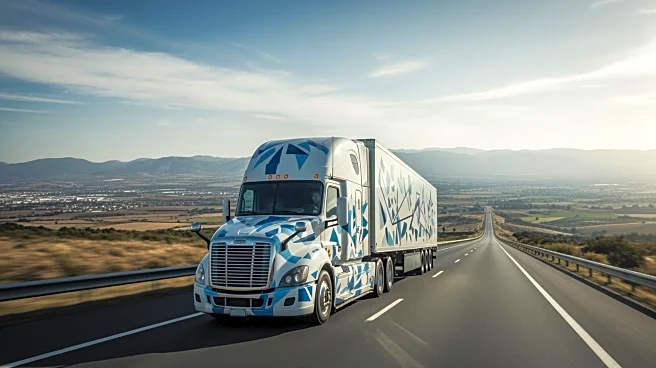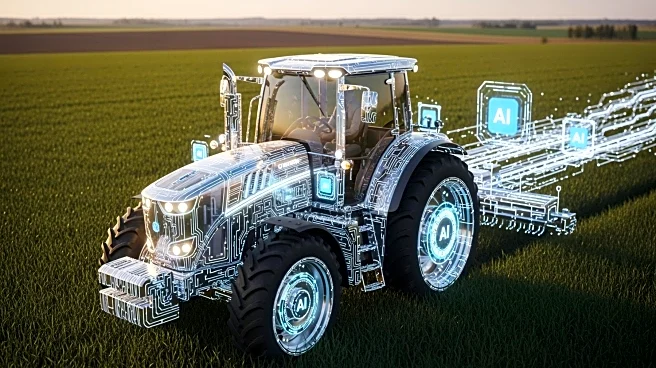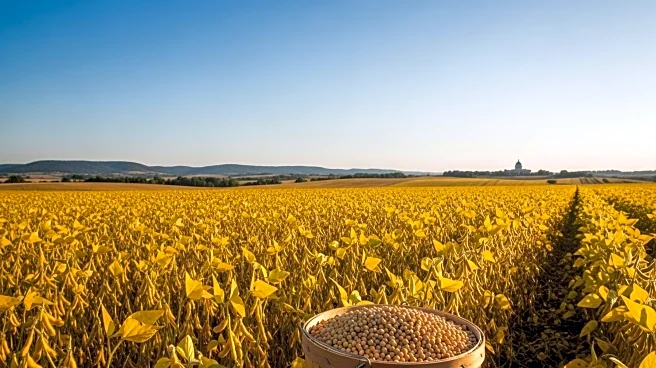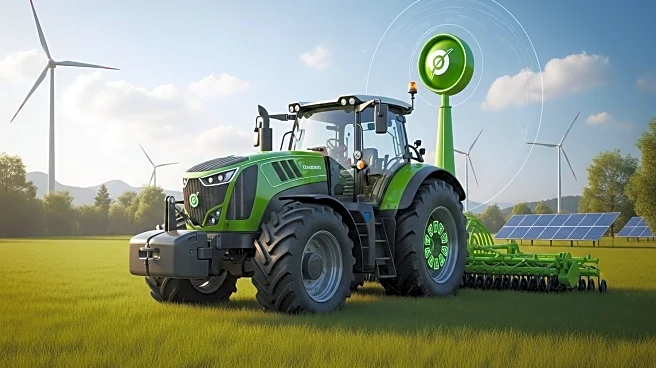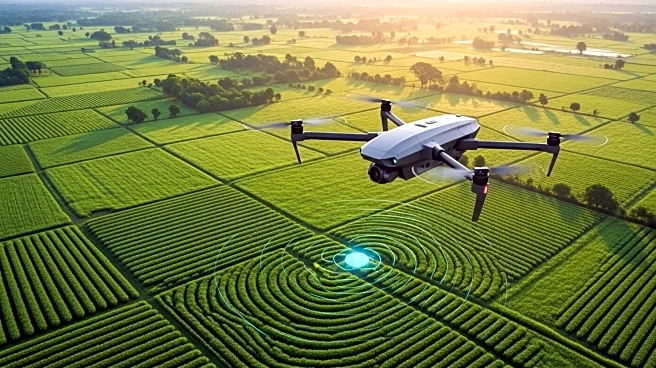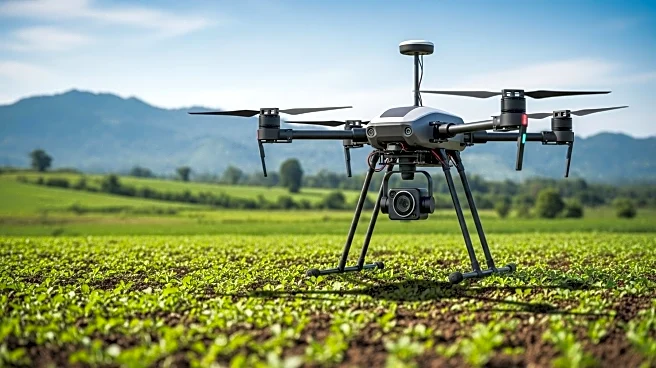What's Happening?
Between 2021 and 2023, the prices of new agricultural equipment increased by over 20%, leading to similar rises in machinery costs on farms. This trend is largely attributed to supply chain challenges
during the COVID pandemic and ongoing inflation. Farmers are encouraged to reassess machinery management strategies, especially when older machinery needs replacement. Combines, which represent the largest investment on farms, are a focal point for cost management. Harvesting over 3,000 acres per combine can lower costs significantly. The number of tractors, tillage implements, and planters also impact overall machinery expenses. The National Agricultural Statistics Service (NASS) reported that tractor prices increased by 21% from 2020 to 2023, compared to a 14% rise from 2011 to 2020.
Why It's Important?
The increase in machinery costs has significant implications for U.S. farmers, particularly those in the Midwest. As machinery costs rise, farmers may face tighter profit margins, necessitating strategic decisions about equipment purchases and usage. The economic pressures could lead to increased collaboration among farmers, such as joint ownership of machinery, to reduce costs. Additionally, the trend may influence the agricultural sector's approach to technology adoption, as farmers seek more efficient and cost-effective solutions. The broader impact includes potential shifts in farming practices and the economic viability of smaller farms, which may struggle to absorb these increased costs.
What's Next?
Farmers may need to explore partnerships or cooperative agreements to share machinery and reduce individual costs. The reassessment of machinery management strategies could lead to changes in the number of tractors and implements owned by farms. As machinery costs continue to rise, farmers might also consider custom harvesting services to achieve cost savings. The agricultural sector may see increased interest in technological innovations that promise efficiency and cost reduction. These developments could reshape the landscape of farm operations and influence future investment decisions in the industry.
Beyond the Headlines
The rising machinery costs highlight the need for sustainable farming practices and innovations that can mitigate economic pressures. This situation underscores the importance of policy support for farmers, including incentives for adopting cost-effective technologies. The long-term implications may include a shift towards more collaborative farming models and increased reliance on technological advancements to maintain competitiveness in the agricultural sector.
